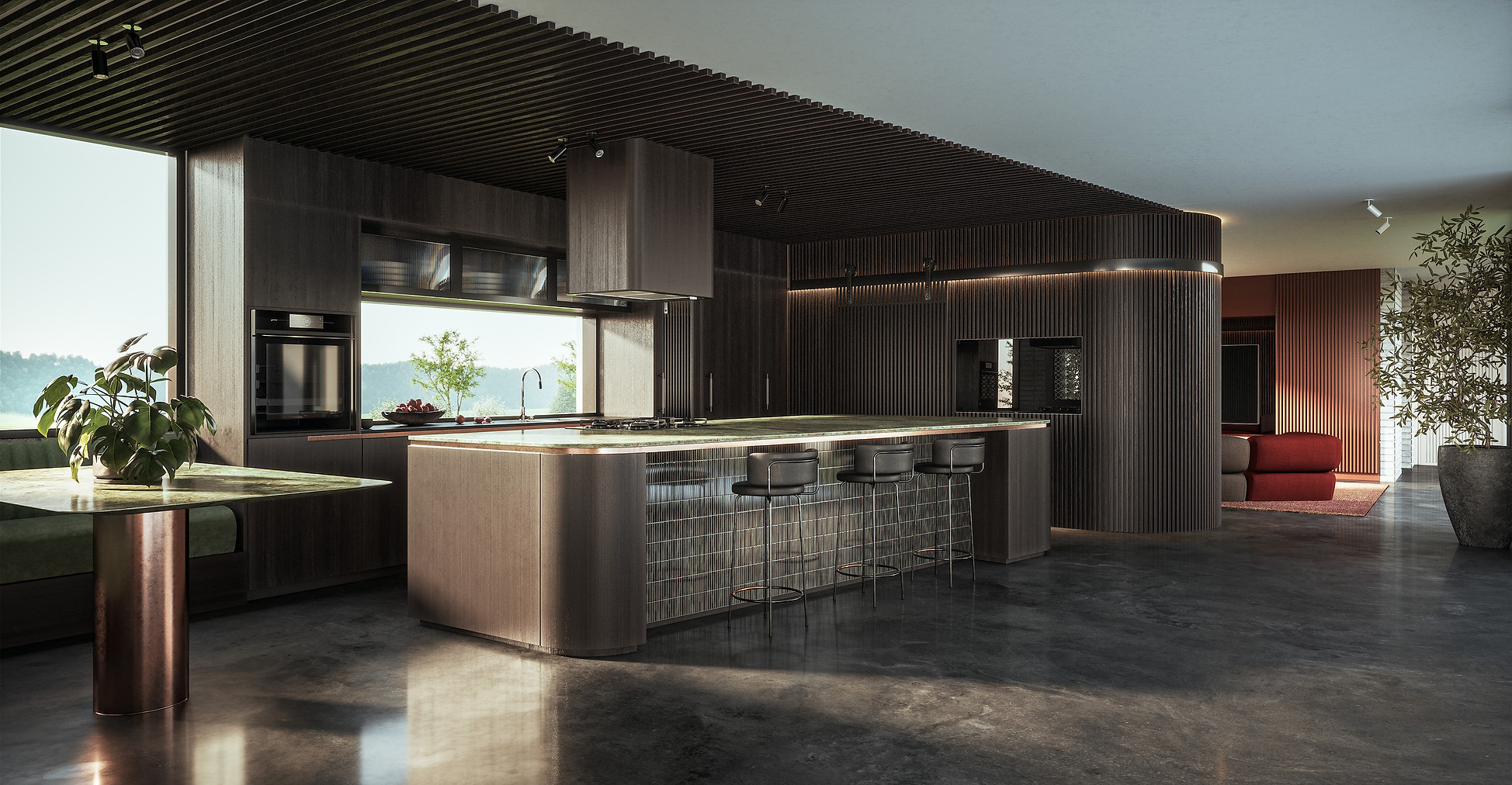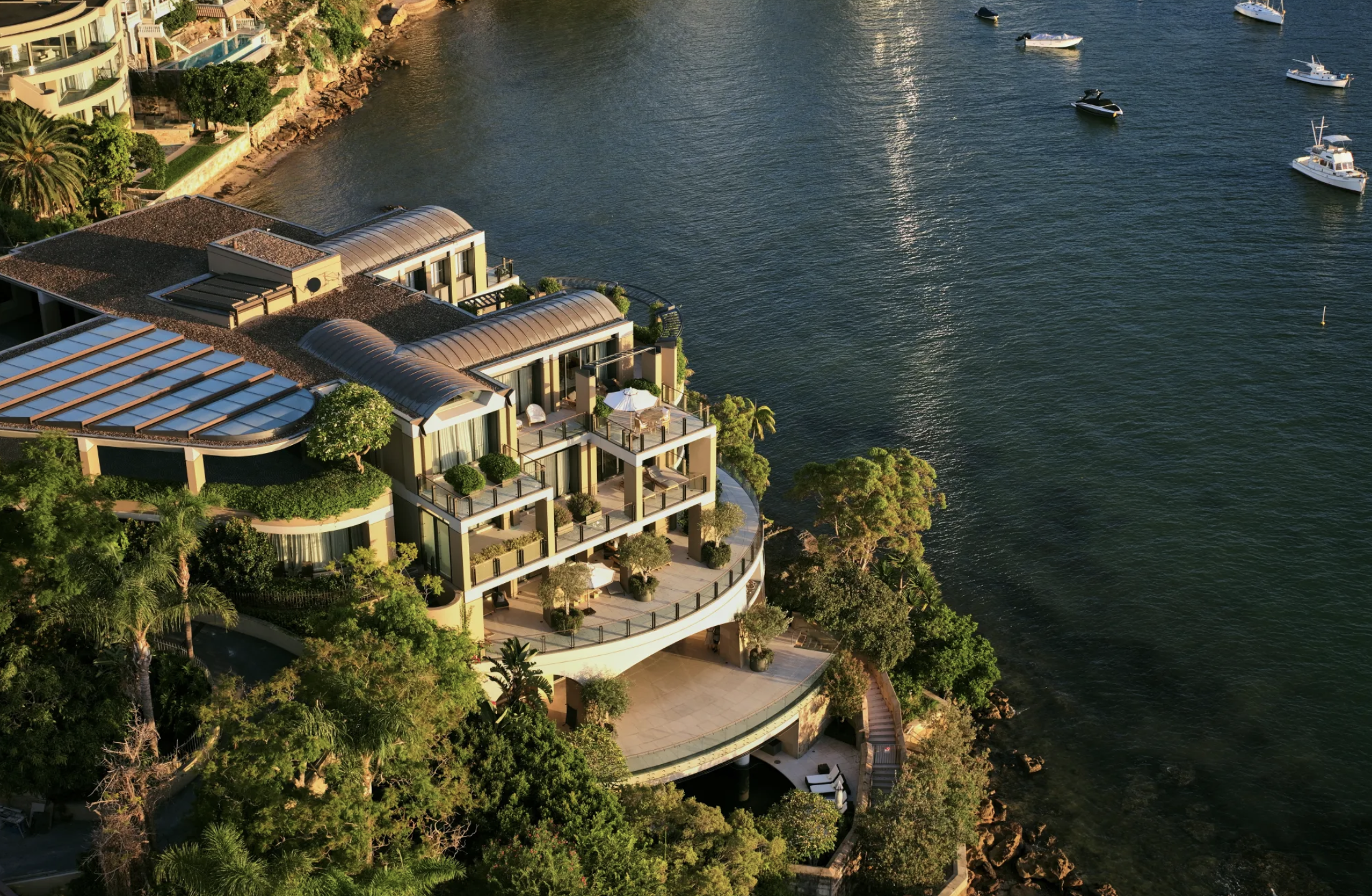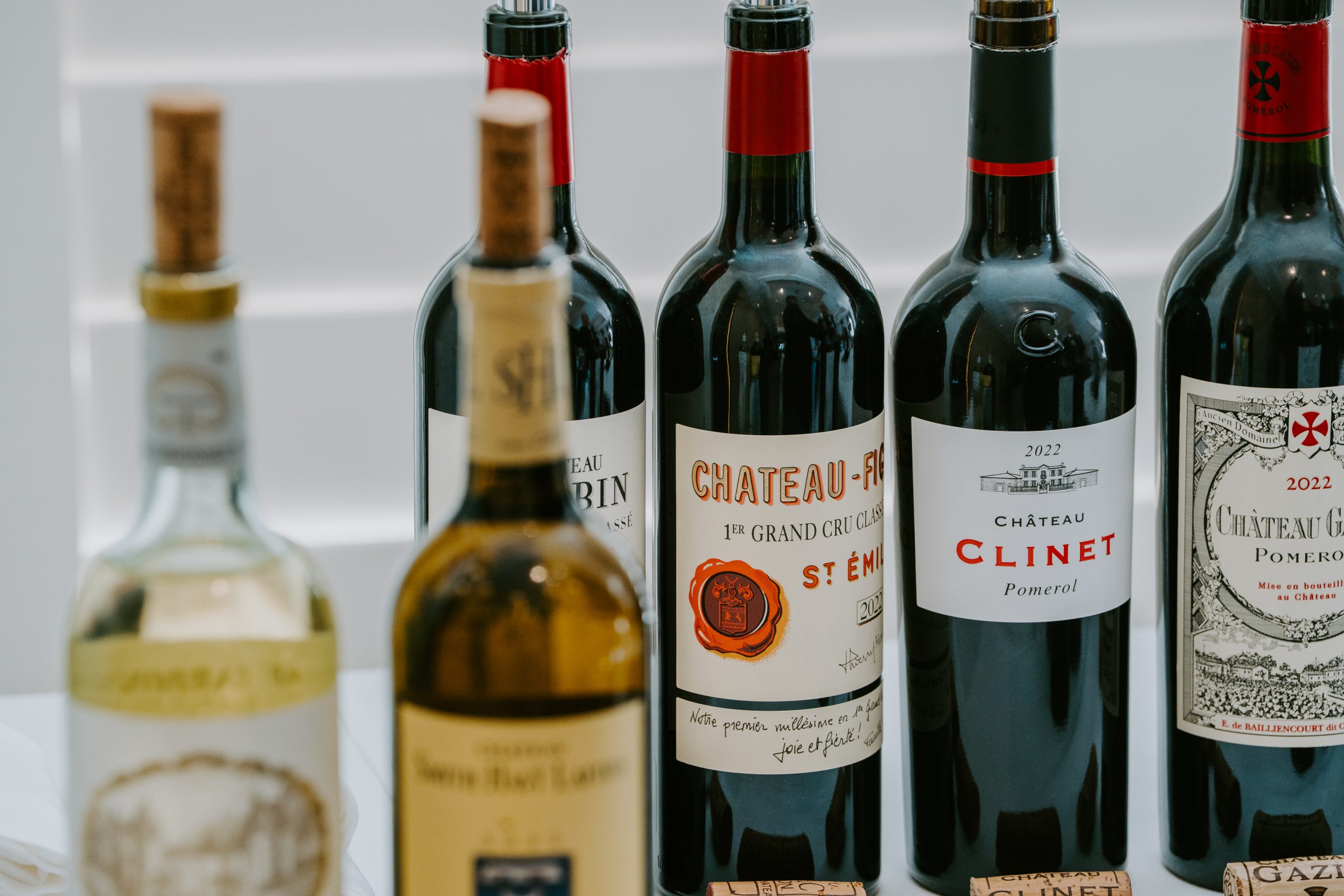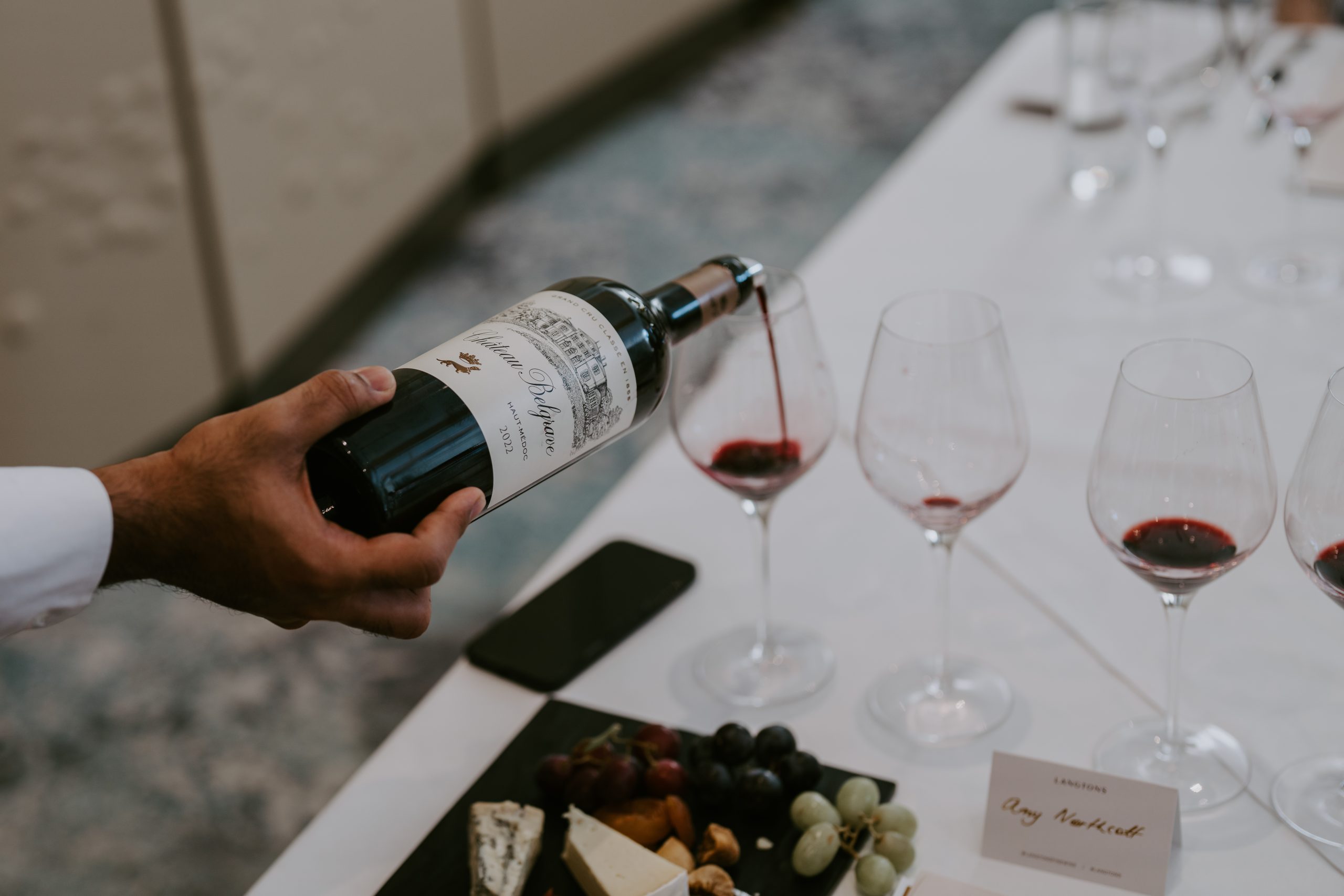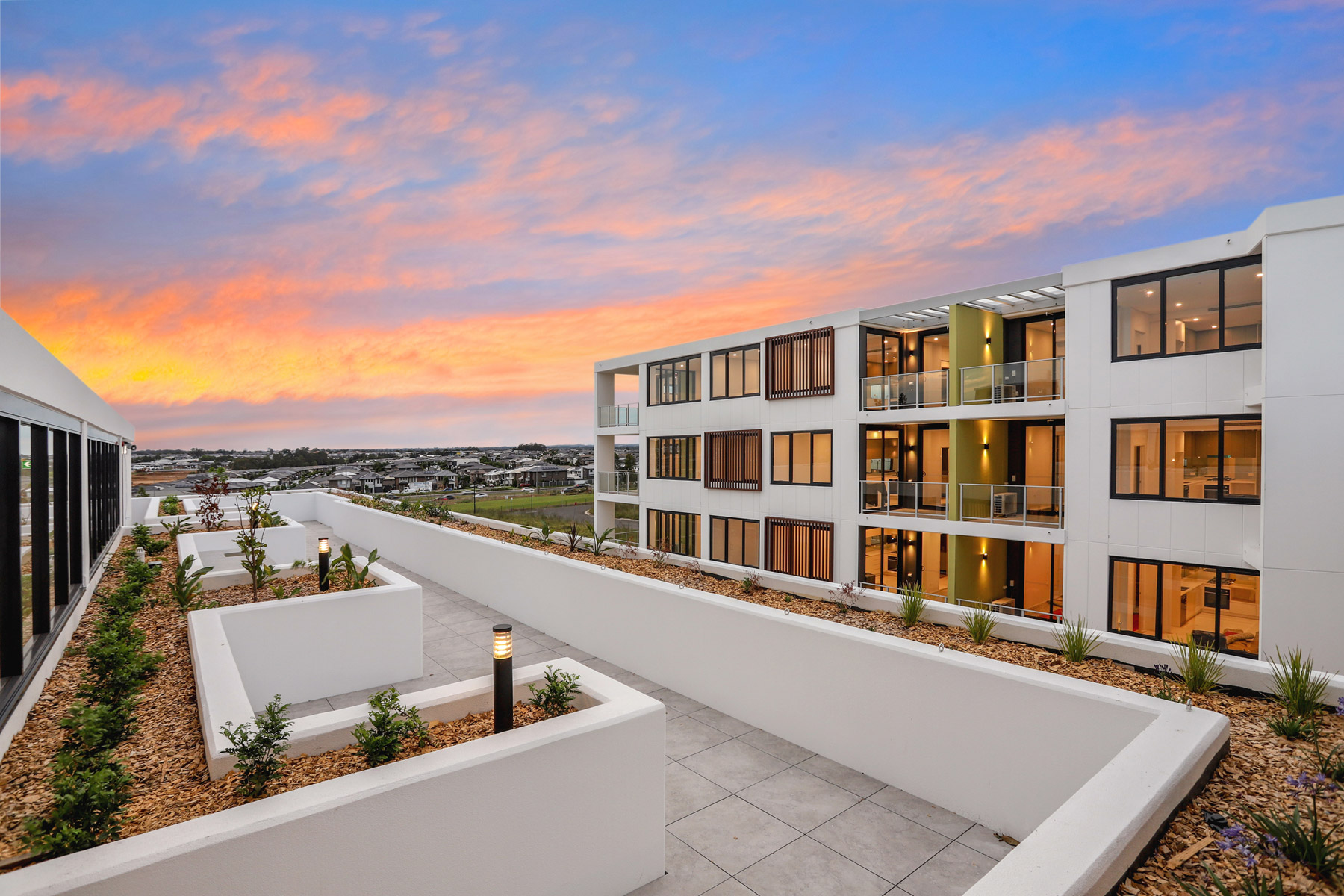Melbourne’s Best Interior Designers: Creating Beautiful and Functional Spaces
Melbourne has a well-deserved reputation for elegance and style with interior design, and with so many to choose from (especially if money is no object!) we thought a short list of the best interior designers, was needed. Please note, these are in no particular order, because everyone is quite frankly, fabulous.
Simone Haag

An impressive portfolio of stand-out projects is the calling card for Simone Haag. Her website opens with a quote from editor of Vogue Living, which is pretty impressive. Young, enthusiastic, brave. Her studio core values are Discovery, Connection, Significance and Belief. Her “Art House” is a firm personal fav.
Christopher Elliott Design
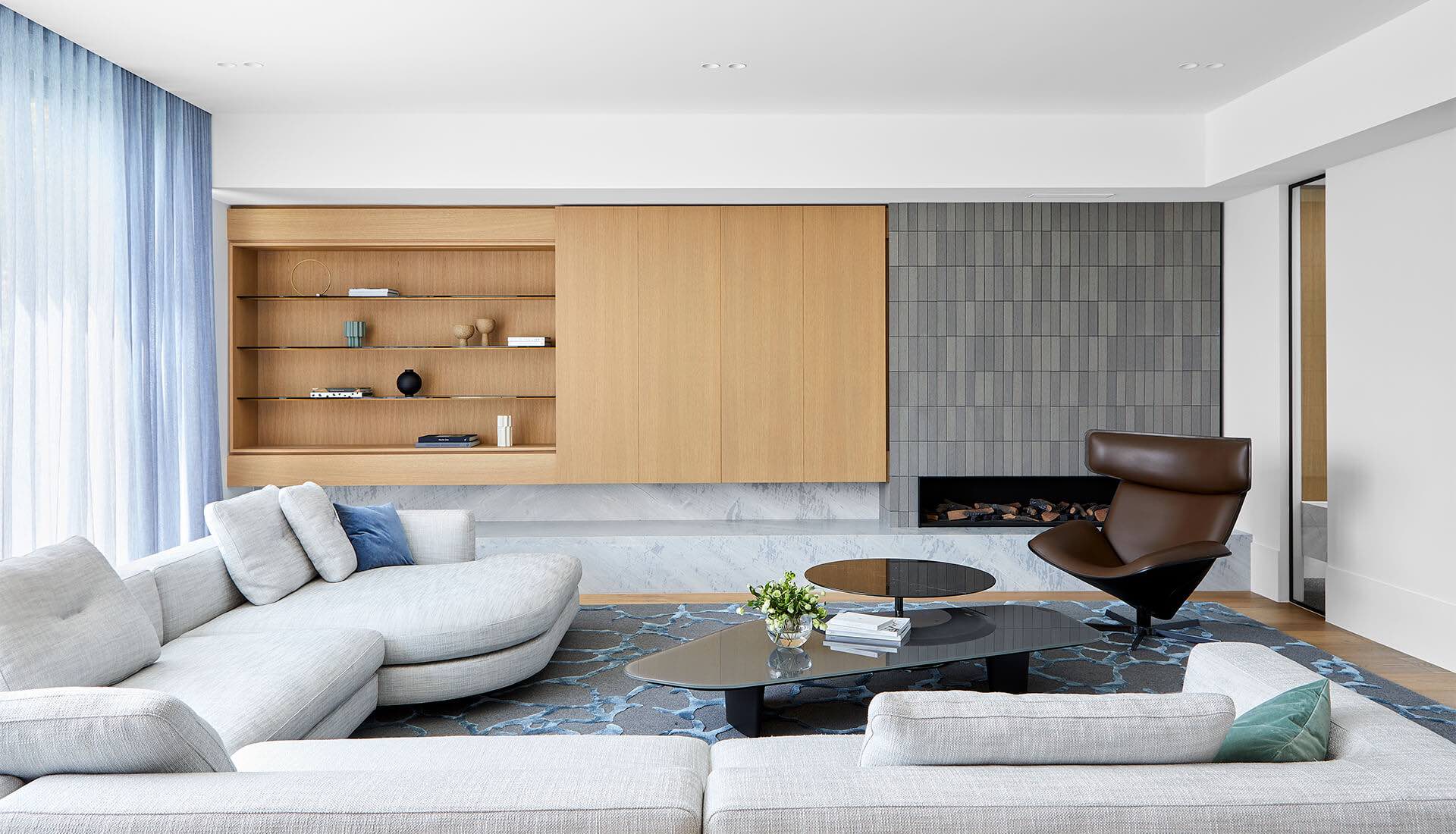
The Richmond base designer has an elevated contemporary style, that transforms spaces in a thoughtful, memorable and meticulous manner using bold colours, clever use of light and interesting textures.
Flack Studio

Just flip through The Elwood House pictures to see the breadth of design expression that comes out of this studio, both residential and commercial. They master the contemporary elegance brief with ease, while still allowing a ‘touch of daring’ as they say, to create a holistic design.
Megan Hounslow

Is it okay to say Megan Hounslow’s paintings are in fact what attracted me first? A bit off topic, but then again maybe not. The Hounslow touch is pictorial and nuanced. The Netherby House project is a study in rapport between contemporary and heritage aesthetics.
Nickolas Gurtler Office
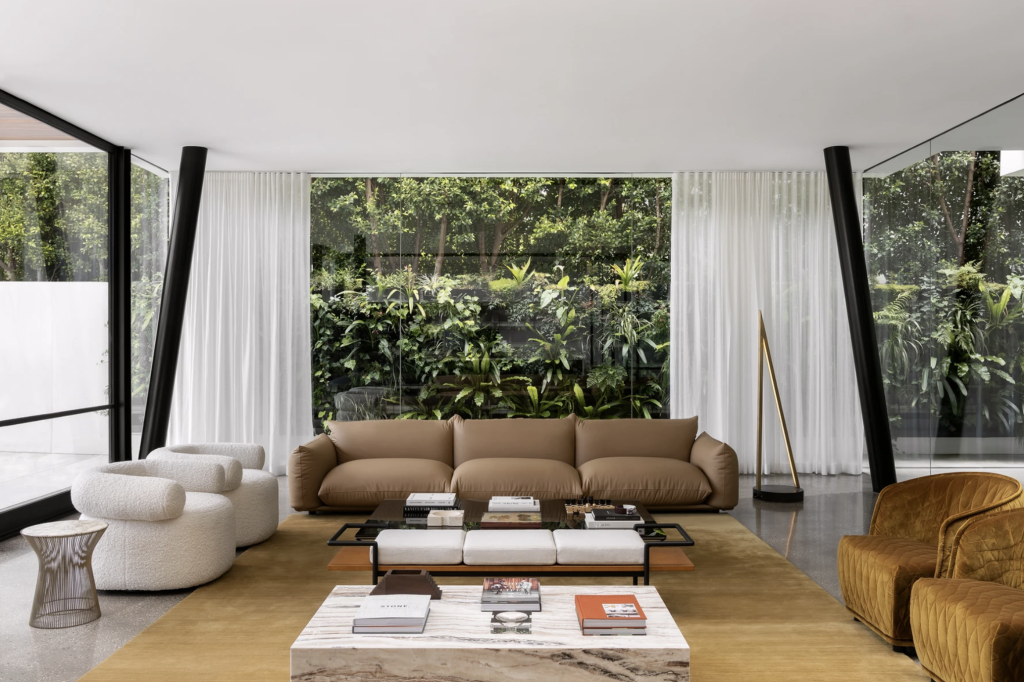
With studio values, such as ‘transportive, immersive and thought-provoking’ , it is no wonder the studio has such an impressive following in residential and commercial design. Their talented curation of items is an art form in itself.
Heartly

This Abbotsford studio, which offers full architectural services, has an unpretentious honesty that creates happy spaces. Their profile says “interiors created by Heartly are creative, confident, practical and beautiful”, and that’s true. They were shortlisted in the 2022 Australian Interior Design Awards for Canning Street Cottage.
Mr. Mitchell

If repeat and referral business is a signpost to a good studio, then Mr Mitchell deserves to be right up there. Twenty-three years in business, and still producing vital, magazine worthy spaces that will outlast fads and trends – because as we all know, elegance is forever in style. His Mittagong project? To die for.
Alexander Pollock

Aaron Wong leads the award-winning Alexander Pollock team as they create outstanding interiors for private residential and commercial residential projects. While all the homes are Insta worthy, their command of eclectic design is outstanding – the Kew House, for example, is brilliant.
Six Pieces Interior Design
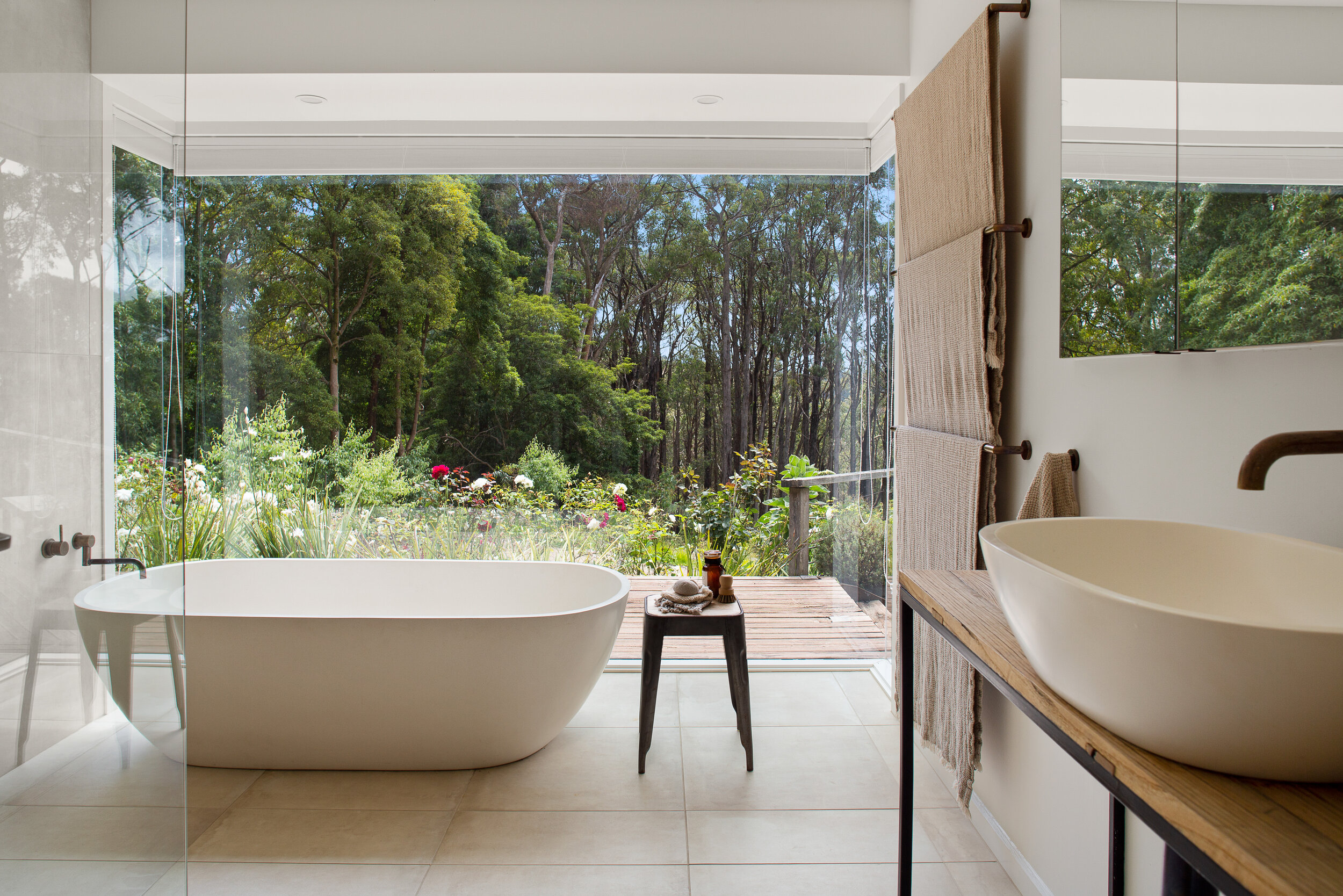
Finding the perfect piece for the space is a drawcard to this full-service design studio. Although mentioned in other studios, the quality of 2D and 3D renders is fantastic here, guided by the fully qualified and experienced principals Caroline Lawton and Titia Huggard.
Camilla Molders Design
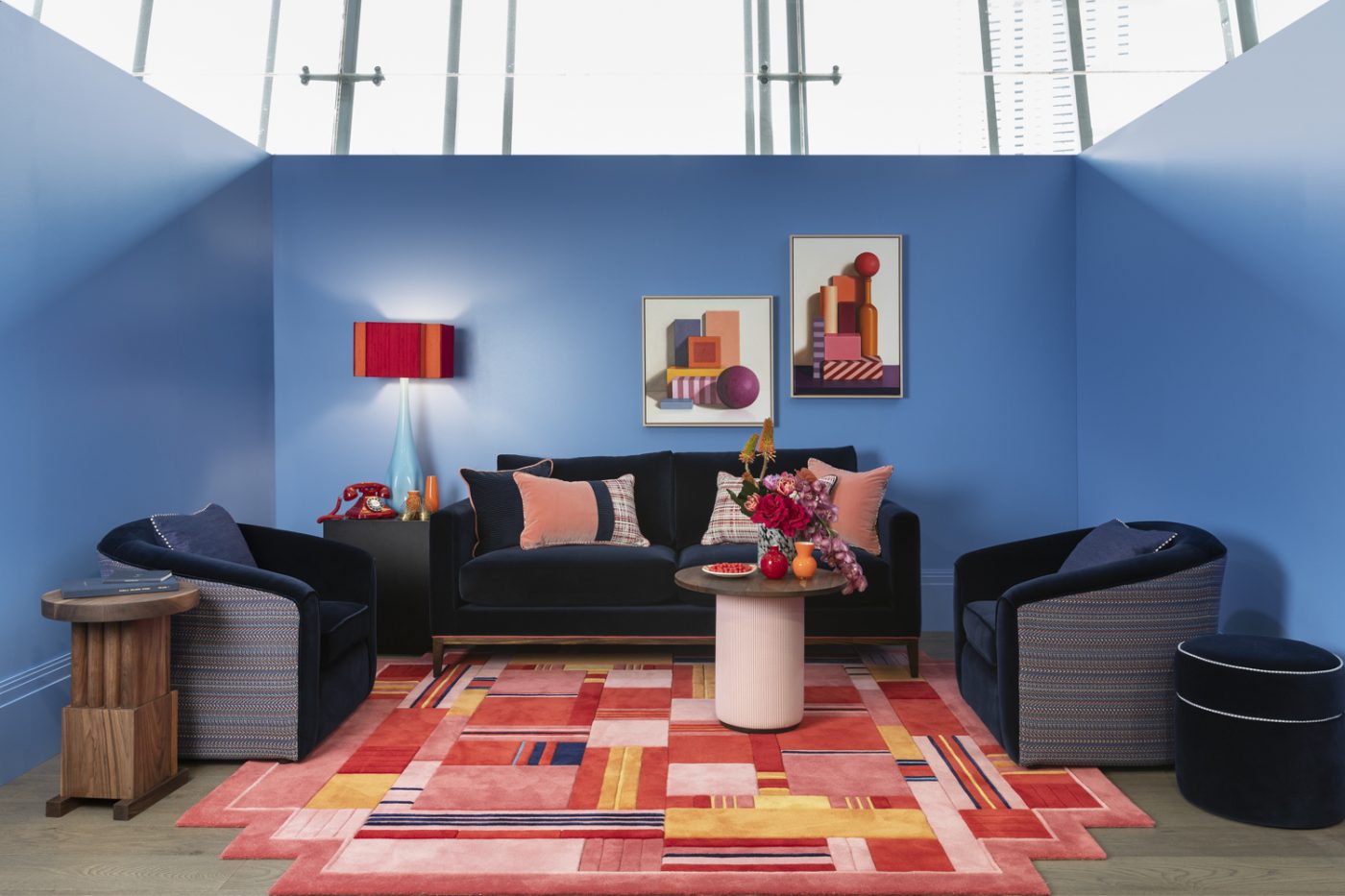
Not just a great place for design, but also a strong advocate for environmental responsibility. But back to interior design, with 20 years’ experience under her belt, contacts and resources are no issue for the studios informed, bespoke designs – from lofts to mansions, this practice is a go to.
Is it better to hire an interior designer?
Interior designers can be a better option if you’re designing a whole house because they can oversee the entire project for a more cohesive look. Interior designers also have access to trade prices, and often have longstanding relationships with trades and suppliers that can lead to lower costs, a smoother project and a better outcome in the long run.
How much does an interior designer cost in Melbourne?
Like most things, you get what you pay for. An inexperienced designer may charge between $50 to $90 per hour, but the average cost is between $100 and $300 per hour. It’s best to discuss budgets and expectations upfront to avoid disappointment or confusion.
At what stage should I hire an interior designer?
If you’re building a house, it’s wise to get an interior designer on board as early as possible, ideally during the planning stage. Often, they can help with critical details such as kitchen layout, storage options and materials selection, which will give you a realistic idea of budget.
How do I find the right interior designer?
Social media is your friend here. Many interior designers are active on Instagram, posting progress images, as well as finished spaces. Just be careful to check that the images they post are their own work. Alternatively, word of mouth is still a valuable source. If you visit a house, a restaurant or even a boutique hotel you like, ask who designed it. Be sure to create your own portfolio of images to take to your first meeting to help convey your ideas.
Records keep falling in 2025 as harbourfront, beachfront and blue-chip estates crowd the top of the market.
A divide has opened in the tech job market between those with artificial-intelligence skills and everyone else.
Ready to level up your cellar? Here, LANGTONS Head of Auctions, Michael Anderson, selects the bottles to chase from Bordeaux 2022.
There are Bordeaux drops and then there are Bordeaux moments. This is the latter. The 2022 vintage has arrived through LANGTONS with depth across communes and enough quality to satisfy both the curious and the die-hard.
Here is your guide to what deserves a place in the cellar, and in years to come, your dining table.
1. Château Carbonnieux Blanc 2022, Graves, $110
The story of the legendary white of Château Carbonnieux Blanc (Graves, $110) stretches back to the 18th century when, thanks to its crystal clarity, it was introduced to the Sultan of Constantinople’s palace disguised as ‘mineral water from Carbonnieux. Today, the wine retains that luminous freshness in youth but develops dried and candied fruit characters with maturity, making it one of the most versatile whites in the region. This is a wine that can be drunk now through to 2029, so not a long termer.
2. Château Figeac 2022, St-Émilion, $850
If Carbonnieux speaks of crystalline youth, Château Figeac (St-Émilion, $850) speaks of longevity. Few estates can match its claim to 2000 years of continuous occupation, and the 2022 vintage bears that gravitas. Deeply garnet in colour, Cabernet Sauvignon shines here with notes of blackcurrant, blueberry, lilac, tobacco and bay leaf. On the palate, the wine is elegant and mineral, yet vibrantly alive. It’s a stunning effort that will reward those with patience – I’d suggest drinking from 2034–2060. It’s a great investment wine given Figeac’s ascent, too.
3. Château Gazin 2022, Pomerol, $235
In Pomerol, the quiet achiever is Château Gazin ($235), whose neighbours happen to be Petrus and L’Evangile. The 2022 shows deep crimson colour, with aromas of violet, musky plum, roasted chestnut and mocha. Classically proportioned, it offers a palate of ripe black fruits, chalky tannins and mid-palate depth that places it among the appellation’s most compelling releases. This wine sees its best drinking between 2029 and 2040.
4. Château Palmer 2022, Margaux, $1,050
Further south in Margaux, Château Palmer ($1,050) continues its reputation as a ‘Super Second’, officially ranked a Third Growth but revered as the equal of the First Growths. The 2022 is abundant in blackberry jam, chocolate, lavender and smoke, a wine of sheer extract and richness with remarkable intensity. It is best from 2035 and should be showing nicely to 2065. It’s a wine nipping at the heels of the Firsts and a wonderful investment opportunity.”
5. Château Haut-Bailly 2022, Pessac-Léognan, $415
Another of Bordeaux’s historic properties, Château Haut-Bailly (Pessac-Léognan, $415), dates to the mid-15th century. Its 2022 vintage shows blackcurrant pastille, violet and graphite, with a refreshing yet dense palate that finishes chalky and minerally. It is incredibly elegant now, so try from 2030–2045 with ease. A wine worth buying 6–12 bottles of to watch this ‘value’ Bordeaux evolve in the cellar over time.
6. Château Pontet-Canet 2022, Pauillac, $330
The Pauillac commune offers two contrasting but equally celebrated estates. Château Pontet-Canet ($330), founded in 1725, is full-bodied and packed with ripe black fruits supported by finely integrated tannins. The wine is remarkably compelling now, but best after 2029 through to 2045. It’s also a hit in the secondary market amongst speculators.
7. Château Lafite-Rothschild 2022, Pauillac, $1,950
Then there is Château Lafite-Rothschild (Pauillac, $1,950), perhaps the most recognised name in the Médoc. The 2022 vintage has immense grip and presence, offering loganberry, blueberry, wet stones, and forest floor. For me, this is one of the definitive wines of the vintage. It’s one of the world’s most collected and cellared wines. Best from 2034–2070+ and is a triumph.
8. Château Montrose 2022, St-Estèphe, $595
North in St-Estèphe, Château Montrose ($595) demonstrates why this Second Growth is often regarded as a rival to the First Growths. Ample blackberry, cassis and briary fruits meet velvety tannins and cedar, creating a wine of both richness and precision. The wine is fine, aromatic and worth the investment. Most joy to be extracted from 2033 onwards with a 25-year satisfaction window.
9. Château Suduiraut 2022, Sauternes, $99
The sweet wines of Bordeaux complete the spectrum. Château Suduiraut (Sauternes, $99), a neighbour to d’Yquem, delivers a 2022 that is full of marmalade, saffron, lime and orange zest. Its sweetness is cut with a lifted bitterness that lends focus. This wine is showing beautifully now and best from 2028–2035+.
10. Château Cos d’Estournel 2022, St-Estèphe, $690
Finally, another St-Estèphe giant, Château Cos d’Estournel ($690), speaks with intensity and power. A blend dominated by Cabernet Sauvignon and Merlot, the 2022 is tannic, commanding and built for the long haul like every vintage of Cos.
ABC Bullion has launched a pioneering investment product that allows Australians to draw regular cashflow from their precious metal holdings.
Ophora Tallawong has launched its final release of quality apartments priced under $700,000.









